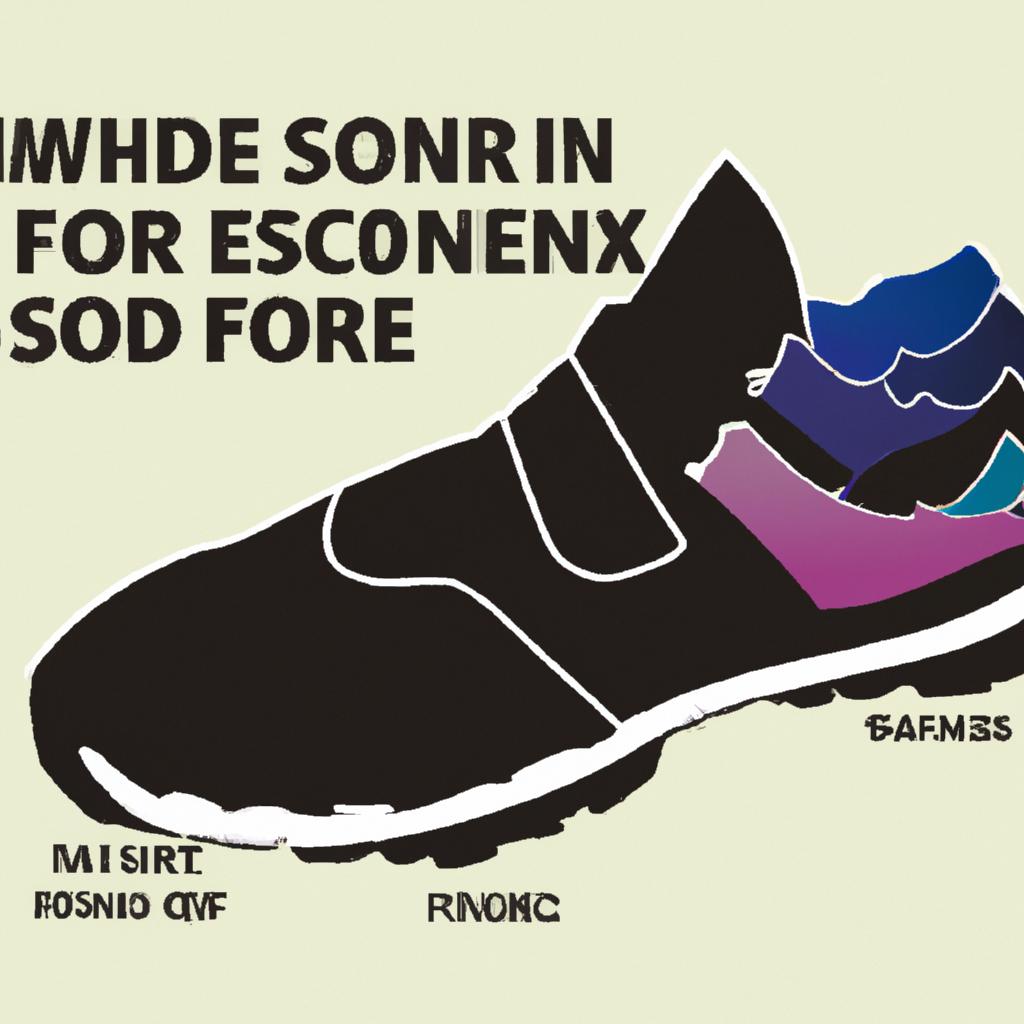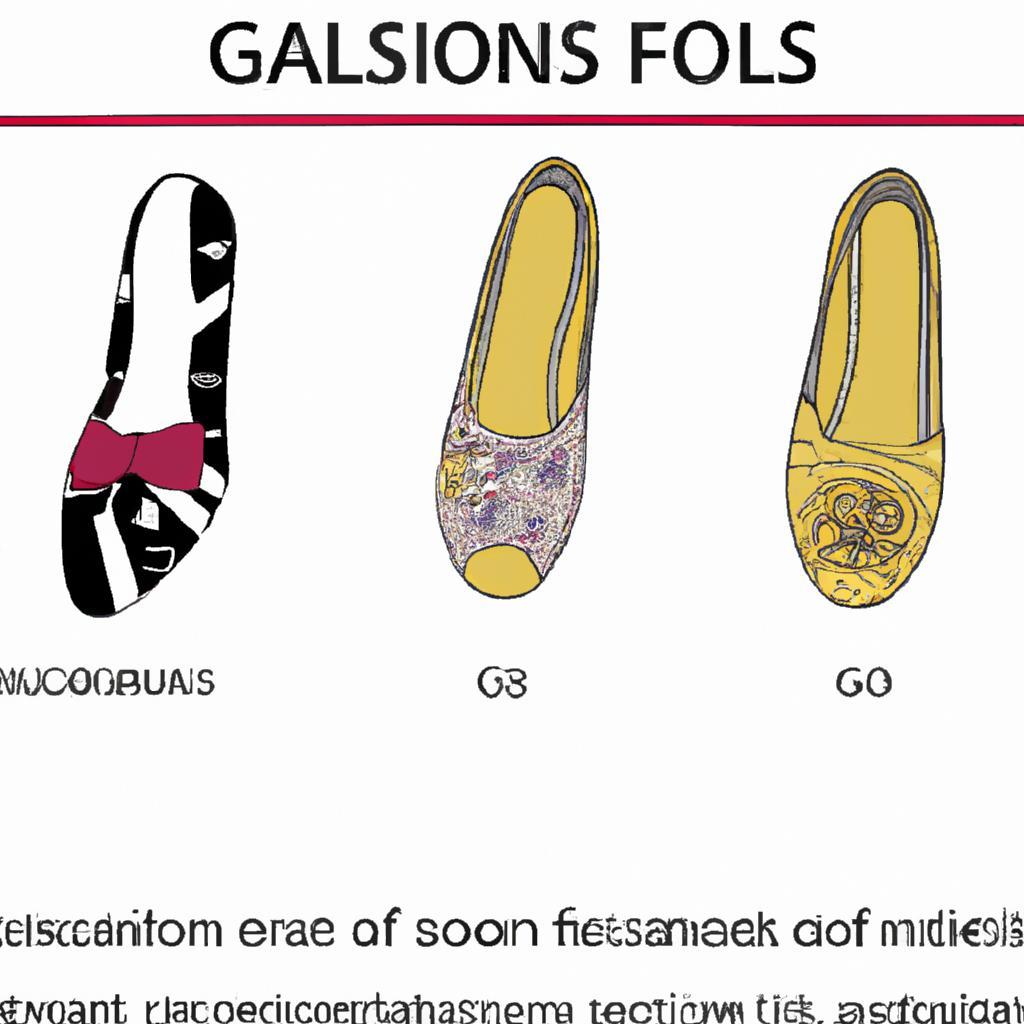In a world where fashion knows no borders, understanding the nuances of international clothing and shoe sizes can often feel like navigating a labyrinth without a map. Whether you’re a globe-trotting trendsetter or simply looking to purchase an outfit from a favorite foreign brand, the confusion that arises from differing sizing standards can be both frustrating and disorienting. With styles that vary from continent to continent and the constant evolution of trends, it becomes essential to unravel the often perplexing web of sizes. This guide invites you to embark on a journey through the realm of global fashion, equipping you with the knowledge to decode size charts and make informed purchasing decisions. From the tailored fits of European couture to the relaxed designs of Asian streetwear, we aim to demystify the intricate language of sizes, ensuring that no matter where you shop, you can navigate your way to the perfect fit with confidence.
Understanding the Diverse Landscape of Clothing Sizes Worldwide
In today’s globally interconnected world, understanding the variations in clothing sizes is crucial for navigating international fashion. Sizing can differ significantly from one country to another, often leading to confusion and frustration for consumers. For instance, a size medium in the United States might translate to a size large in Europe. The reasons for these discrepancies often lie in cultural norms, regional preferences, and the historical evolution of sizing standards. To help demystify the size dilemma, it’s important to familiarize yourself with the prevalent sizing systems such as US, UK, EU, and Asian sizes.
When shopping for clothing internationally, keep in mind the following key points:
- Fit vs. Size: Different brands have unique sizing charts; always refer to the specific brand’s guidance when available.
- Conversion Tables: Utilizing a conversion table can be a handy tool to prevent sizing mishaps.
- Body Measurement: Take your measurements to compare against provided sizing charts rather than relying solely on your usual size.
| US Size | UK Size | EU Size | Asian Size |
|---|---|---|---|
| XS (0-2) | 6 | 34-36 | S |
| M (8-10) | 12 | 38-40 | M |
| L (12-14) | 16 | 42-44 | L |

Decoding Footwear Fit: A Comprehensive Look at Shoe Size Conversions
Finding the right fit in footwear can often feel like navigating a labyrinth, especially with the myriad of sizing systems used around the world. Understanding the differences is crucial not just for comfort, but also for style. When shopping internationally, be mindful that shoe sizes can vary significantly between countries. For instance, a size 39 in Europe translates to a size 8.5 in the U.S., but may correspond to a size 6 in the U.K. To ease the confusion, consider the following factors that contribute to these variances:
- Regional Standards: Each region adheres to its own size measuring standards, resulting in non-linear conversions.
- Brand Specificity: Different brands may have slightly varied sizing even within the same region.
- Foot Shape Variations: People’s feet come in diverse shapes and widths, and some brands cater specifically to these variations.
A helpful way to navigate shoe sizes is through conversion charts that can quickly align your usual size with various international sizing systems. For instance, consider this simplified conversion table that illustrates some common sizes:
| US Size | UK Size | EU Size | Japan Size |
|---|---|---|---|
| 7 | 6 | 40 | 25.5 |
| 9 | 8 | 42 | 27.5 |
| 11 | 10 | 44 | 29.5 |
With this knowledge at your disposal, you’ll be better equipped to choose footwear that feels just right, no matter where your fashion journey takes you. Always remember to consult brand-specific conversion charts when necessary and consider trying shoes on whenever possible to ensure the ideal fit.

Top Tips for Shopping Internationally: Ensuring the Perfect Fit Every Time
When shopping internationally, one of the most crucial aspects to consider is how sizes can vary significantly across different countries. To ensure that you find the perfect fit without the hassle of returns, it’s wise to start by consulting a size conversion chart. Familiarizing yourself with these charts will help demystify the array of sizing systems in use around the world. Here are a few essential tips:
- Measure Yourself: Take your accurate body measurements, including height, bust, waist, and hips, as these will be your guiding metrics.
- Check Brand-Specific Size Guides: Different brands often have their own sizing quirks, so refer to their specific size guides for the most reliable information.
- Read Reviews: Customer reviews can provide insight into the actual fit of a piece, as well as any discrepancies in sizing.
Additionally, keeping a size conversion table handy can save you time and confusion. Here’s a simple reference to help you along your shopping journey:
| US Size | UK Size | EU Size | Asia Size |
|---|---|---|---|
| 4 | 8 | 36 | 160 |
| 6 | 10 | 38 | 165 |
| 8 | 12 | 40 | 170 |
| 10 | 14 | 42 | 175 |
By being proactive in gathering information and understanding these various systems, you are setting yourself up for success in global fashion. With these strategies, you can confidently select pieces that cater to your style and fit flawlessly.
In Conclusion
As we conclude our journey through the diverse landscape of global fashion sizing, it becomes clear that understanding international clothing and shoe sizes is not just about numbers and measurements—it’s about embracing the richness of cultural expressions and personal identity. Each country boasts its own unique sizing standards, reflecting variations in body types, design traditions, and style preferences.
Navigating this intricate web may seem daunting at first, but armed with the knowledge from this guide, you are now better equipped to decode the labels and find your perfect fit, no matter where in the world you shop. Remember, fashion is universal, yet deeply local, and each garment carries with it stories of its origin.
So, the next time you venture into the realm of international fashion, whether online or in-store, carry with you the confidence that size is just a number—what truly matters is how you express your individuality through the art of clothing and footwear. Happy styling, and may your wardrobe be as diverse and vibrant as the world itself.
